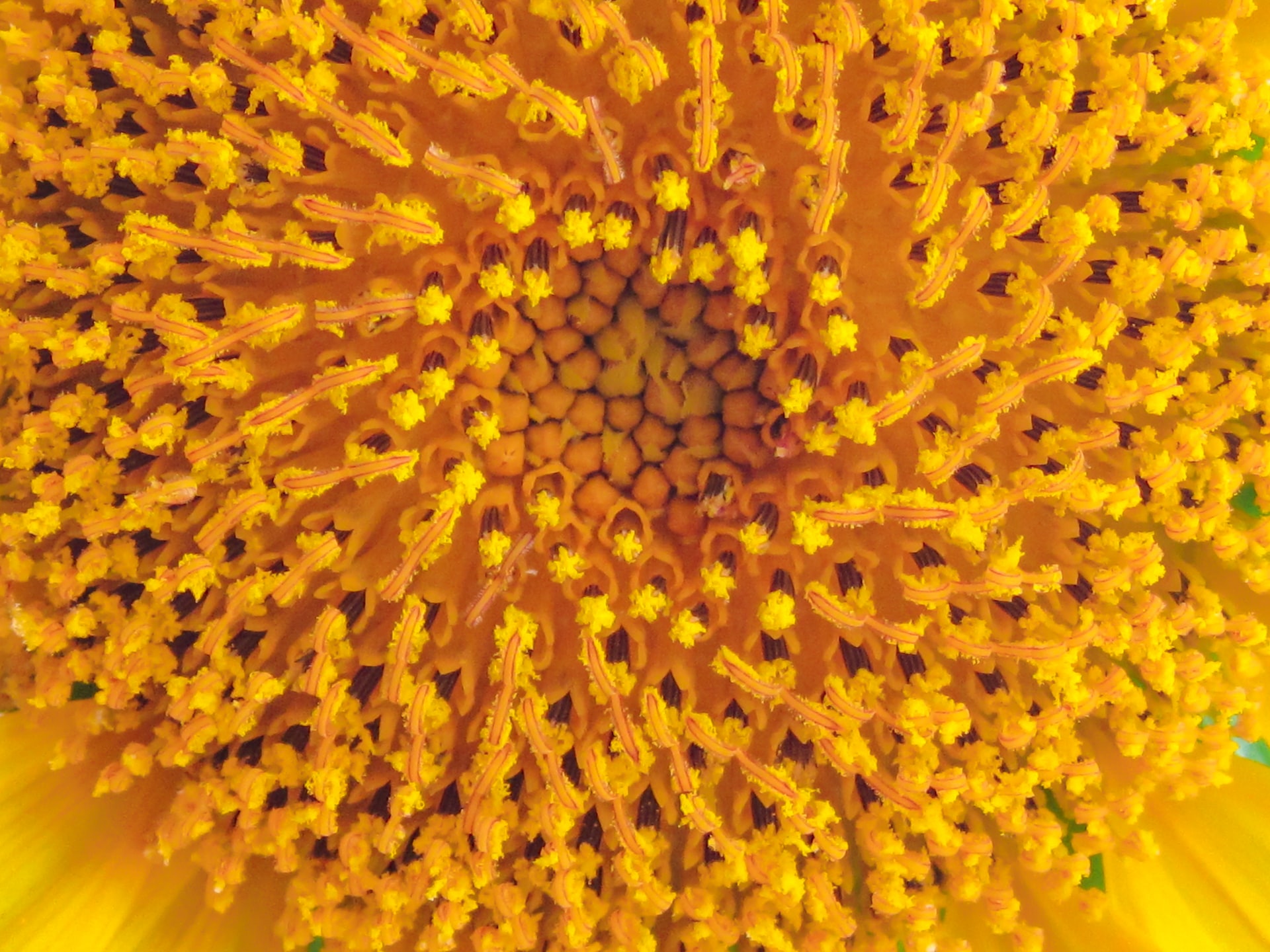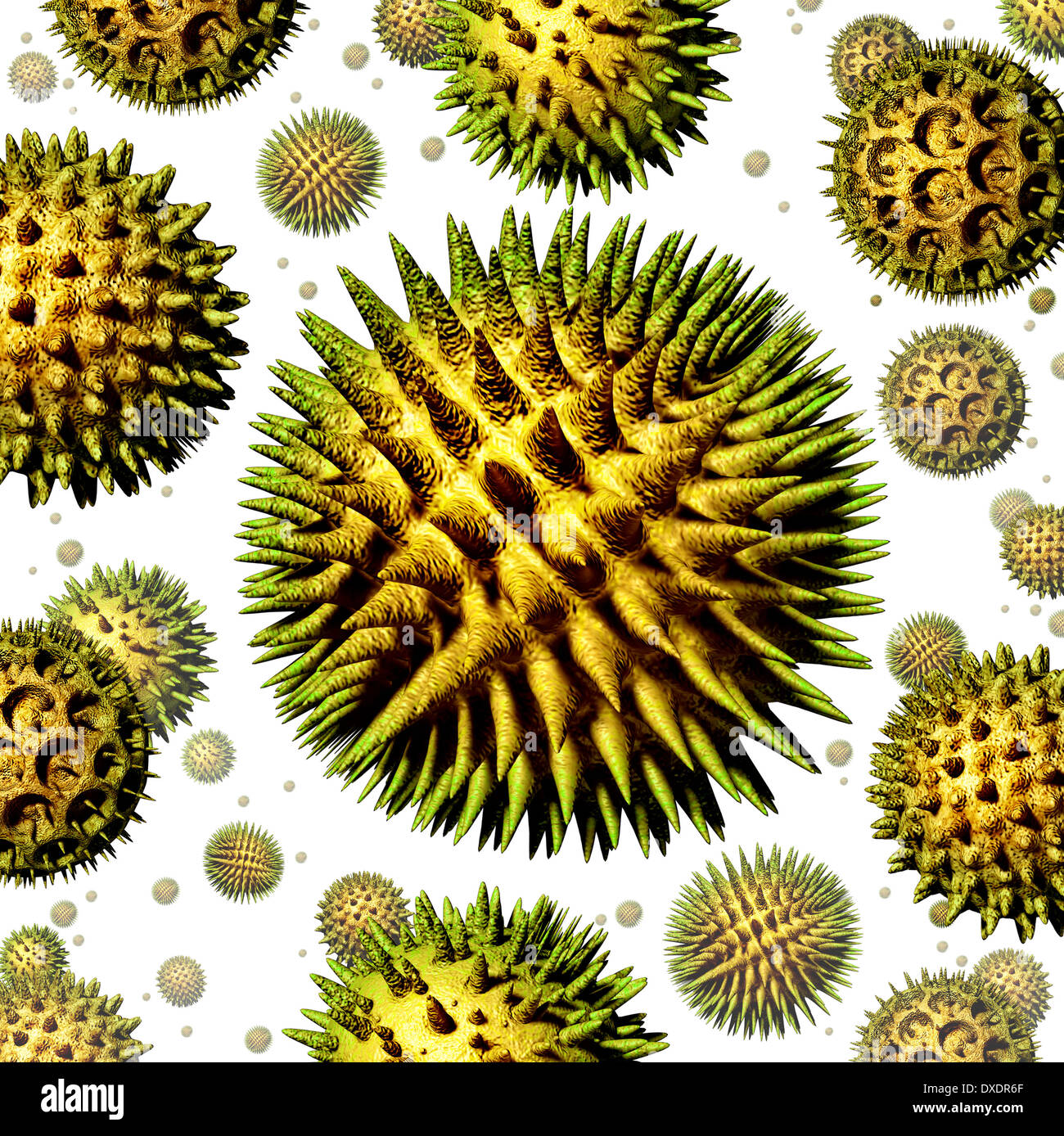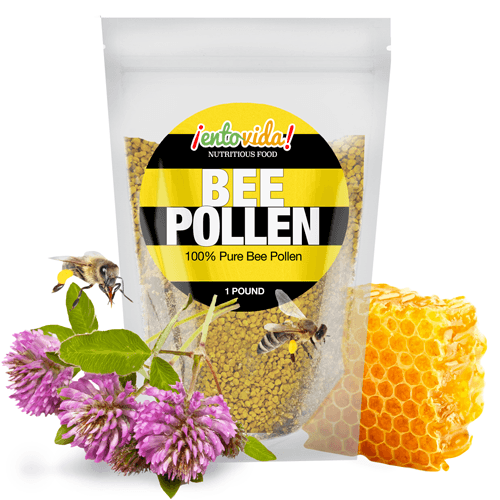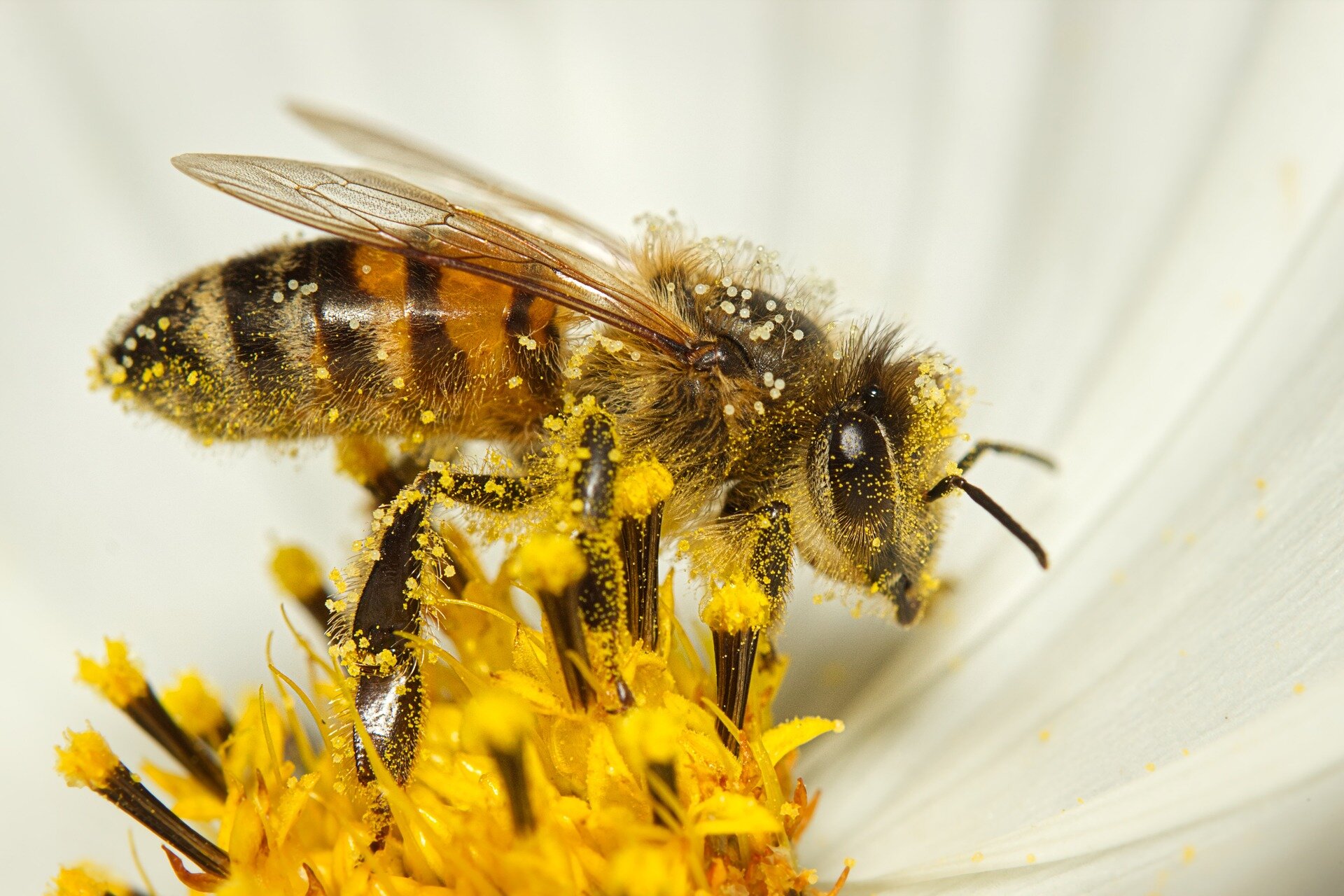
Pollen and other Airborne Particles - Science & Plants for Schools
This method can be used to study the pollens that are present in the atmosphere and which may cause hay fever.

Full article: Pollen classification using a single particle fluorescence spectroscopy technique

Climate change, airborne allergens, and three translational mitigation approaches - eBioMedicine

Biological and Chemical Air Pollutants in an Urban Area of Central Europe: Co-exposure Assessment - Aerosol and Air Quality Research

5 Fall air quality concerns you need to know

Airborne DNA from plants could reveal invasive species, impact of climate change, Science

NasalGuard for Pet Lovers Allergy Relief, Pet Hair & Dander Blocker Nasal Gel - Drug-Free, Safe for The Whole Family, Non-irritating, Moisturizing, Made in USA (Cool Menthol, Pack of 6)

Allergies to food and airborne allergens in children and adolescents: role of epigenetics in a changing environment - The Lancet Child & Adolescent Health

Full article: The volatility of pollen extracts and their main constituents in aerosolized form via the integrated volume method (IVM) and the volatility basis set (VBS)

Air Pollution and Climate Change Effects on Allergies in the Anthropocene: Abundance, Interaction, and Modification of Allergens and Adjuvants

The Microbiome of Size-Fractionated Airborne Particles from the Sahara Region

Pollen grains concept as a group of microscopic organic pollination particles of flowering plants flying in the air as a health Stock Photo - Alamy









